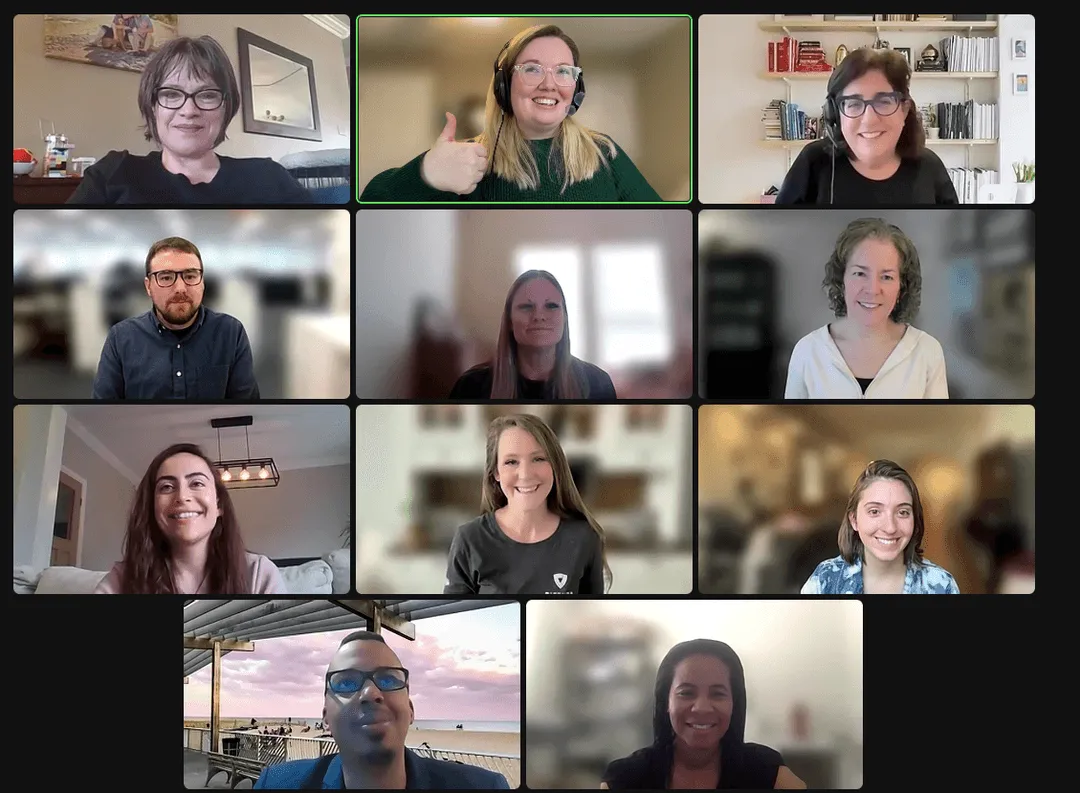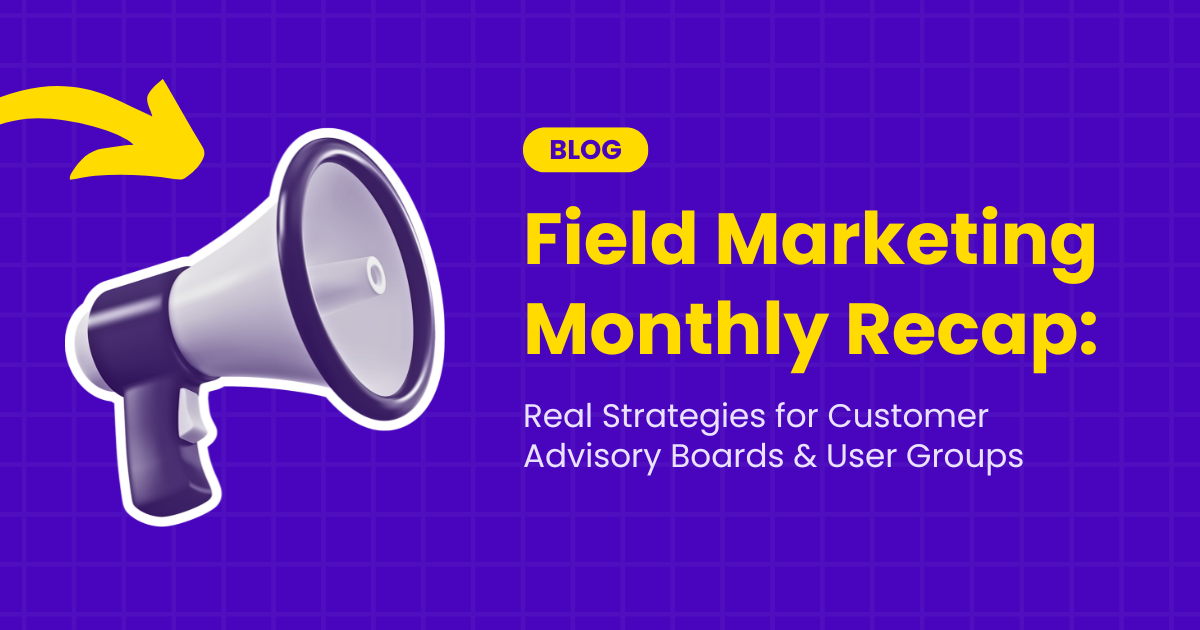For Cybersecurity Marketers to Connect and Collaborate
Join an exclusive network of driven marketers eager to collaborate, network, and gain valuable insights from each other.




Empowering Marketers in Cybersecurity: Transforming Complexity into Confidence.
Join a community that gives you access to real, hands-on insights from marketers who are in the trenches with you.
Imagine having a group of friends who get what you're dealing with, offer advice, share their wins and oops! moments, and help you navigate through the maze of cybersecurity.
It's all about learning from each other, growing together, and really getting the hang of this complex field.
So, if you're interested in making genuine connections and ramping up your career, come on over.
Resources
Expert-led webinars, hands-on workshops, and personalized career support. Enjoy industry research, practical toolkits, and networking opportunities to connect with fellow marketers, empowering each other to succeed.
Careers
Members enhance their marketing skills, stay updated on industry trends, and foster connections that can lead to new jobs, mentorship, and collaboration, all aimed at advancing their careers in cybersecurity marketing.
Events
Get invites to a variety of events and meetups aimed at connecting marketers and creating networking opportunities. These gatherings foster a fun environment where professionals can share insights, exchange ideas, and build lasting friendships.
Community is Everything!
See what Society members are saying!

The Society’s ad hoc mentoring let me reach out to another marketer in the community, and we’ve established a mutually beneficial relationship. My mentor is a marketer who moved into cybersecurity, while I’m a cybersecurity compliance person who moved into marketing.
Together, we’ve established an excellent question/answer feedback process that’s allowed us to create a professional relationship and personal friendship

The best part about the Cybersecurity Marketing Society is the community. When I started in cybersecurity marketing long ago, I didn’t have others to compare notes with. Now, anytime a cybersecurity marketer has a question, wants to understand what peers are experiencing or simply vent about something, there’s a highly engaged group for that.

The Society has helped me look at my projects with a different perspective, as well as allow me to approach work challenges in new and innovative ways.

This is a really cool group of similar-minded professionals. The group managers create many interesting events, highlighting the accomplishments of the members. Other groups I’m in just put everyone in one place and that’s it.
Additionally, I reached out personally to members asking for their experiences with other vendors who I considered. Got real honest feedback that saved me time and money.

As a marketing professional new to cybersecurity, the help and open attitude I have experienced here has been awesome. The CyberMarketingCon was awesome and I learned a lot!
I have developed a couple of cool co-mentoring relationships that have already proven valuable! Plus it is just good to know that other people understand the challenges and frustrations of our niche world!

I have heard amazing things about the insights, networking opps, and good vibes from marketers who have attended #CyberMarketingCon in the past!
And I know that the hosting org, is an incredible resource for marketers across cyber, tech, and SaaS.
So, what is the Cybersecurity Marketing Society?
We’re an independent, vendor-free community supporting and representing the marketers working hard to help make the world a safer place. We create industry-leading research, resources, and networking opportunities for marketers to succeed in the cybersecurity industry.
New Survey: 2025 Treble Cybersecurity Media Pulse Report
Want to know what it really takes to get your cybersecurity story told? The 2025 Treble Cybersecurity Media Pulse Report reveals exactly what today’s cybersecurity journalists are looking for—and what turns them off.

Featured Resources
Read research, blogs, and industry insights.
Apply to join
the Society
Gain access to a network of peers and a vault of industry-specific resources







%2520(1200%2520x%2520630%2520px)%2520(17).png)

.png)
